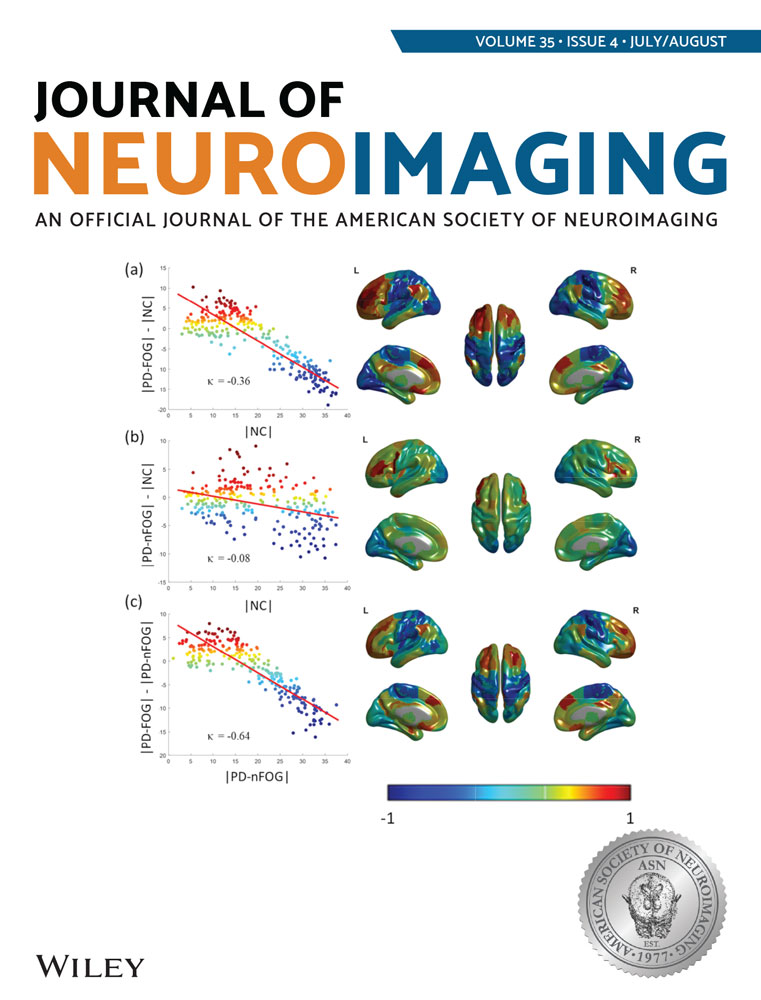Diagnostic Value of Apparent Diffusion Coefficient Hyperintensity in Selected Patients With Acute Neurologic Deficits
ABSTRACT
Background and Purpose. A pattern of decreased intensity on apparent diffusion coefficient (ADC) maps is useful in the early detection of ischemic brain injury. Less information exists with regard to patients with acute neurologic deficits in whom there is abnormal conventional magnetic resonance imaging (MRI) and increased ADC intensity. Methods. The authors identified 13 patients with acute neurologic deficits who underwent diffusion MRI and had calculated ADC maps demonstrating hyperintensity in regions characterized by computed tomography hypodensity and MRI T2 hyperintensity. The initial and follow-up imaging characteristics and clinical syndromes were recorded. Results. Clinical syndromes included hypertensive encephalopathy, posterior leukoencephalopathy, hyperperfusion following carotid endarterectomy, venous sinus thrombosis, HIV encephalopathy, and brain tumor. Diffusion-weighted imaging (DWI) was hyperintense in 3 of 13 patients, isointense in 4 of 13 patients, heterogeneous in 3 of 13 patients, and hypointense in 3 of 13 patients. The ADC values in these regions were significantly higher than those in control regions (P < .0001). At early follow-up, MRI abnormalities resolved completely in 3 of 13 patients and partially in 9 of 13 patients. MRI abnormalities were unchanged in 1 patient. Conclusions. In the evaluation of patients with acute neurologic deficits, ADC hyperintensity may identify a subset of patients with vasogenic edema of nonischemic etiology. Frequently, these conditions are potentially reversible if appropriately managed. DWI and conventional images alone are not sufficient to identify these neurologic conditions.




